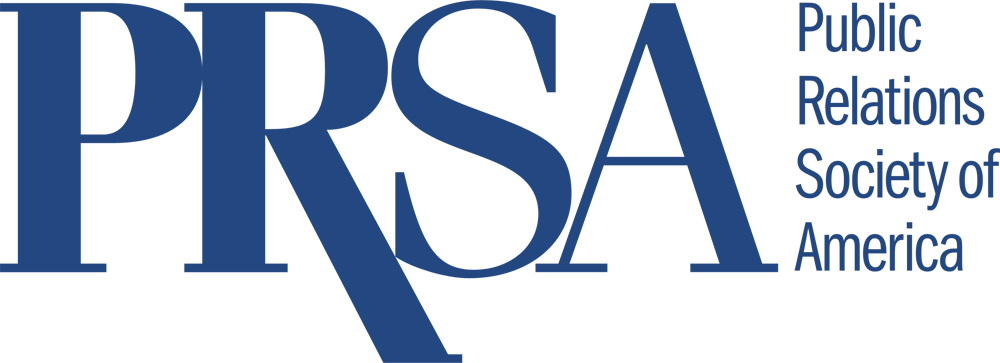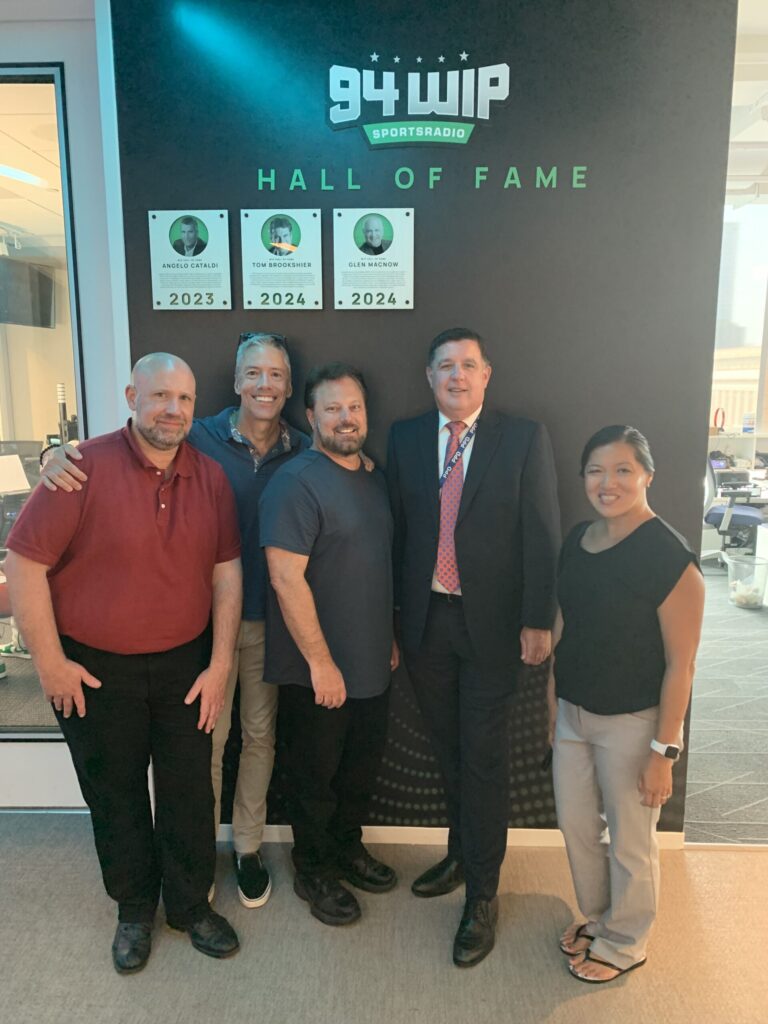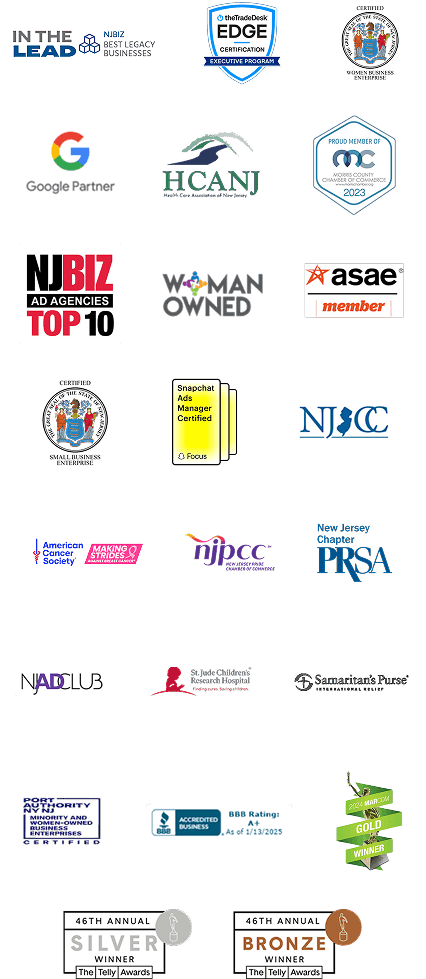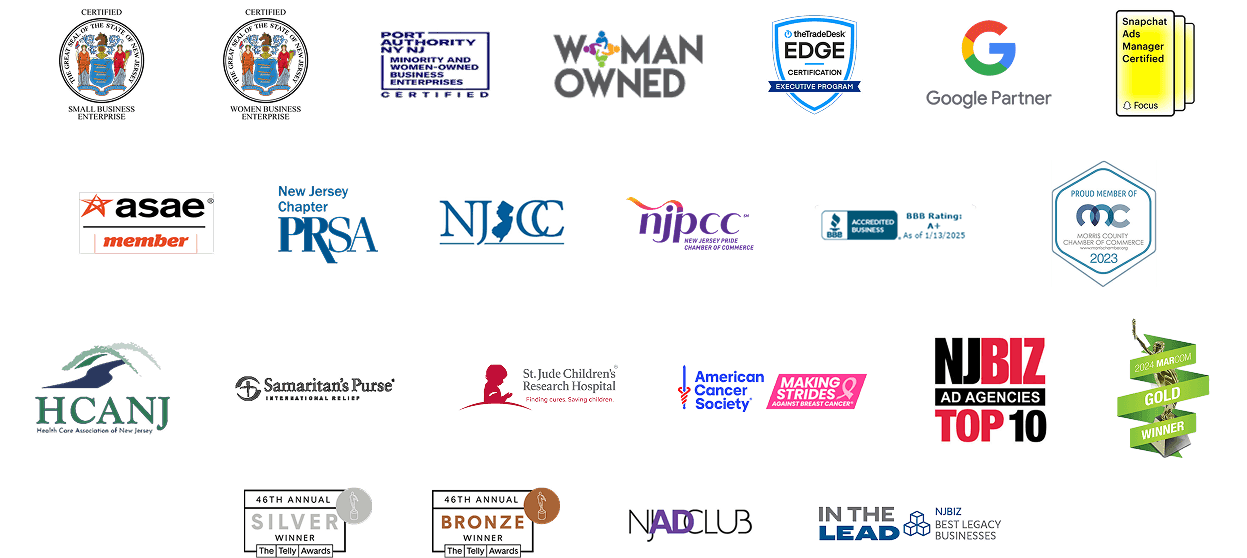Grateful for 54 years of National Public Radio (NPR)

May 3rd marks NPR’s 54th anniversary. The blog notes its lasting impact through diverse content, in-depth news, innovation, and local station support, acknowledging its importance to the media landscape and expressing gratitude.
The Secret Weapon To Marcomm: Blogging

In the realm of advertising and marketing, where trends and technologies dominate, its important to remember the strategic importance of blogging. Blogging serves as a powerful asset for building thought leadership, improving search engine visibility, enhancing content marketing, converting readers into leads, and creating a strong brand personality.
What St. Patrick would teach us about Public Relations

Despite modern PR technology, nothing beats face-to-face communication—just ask St. Patrick. Through relationships and persuasion, he spread Christianity across Ireland, proving himself a PR genius.
The Role of PRSA in Shaping the Public Relations Field

PRSA empowers over 30,000 PR professionals with career development, networking, and ethical guidance. Since 1947, it has provided resources like workshops and mentorship to keep members ahead of industry trends. Leaders like SCG’s Michael Cherenson highlight PRSA’s role in shaping the field, while members like Lupe Dragon gain valuable skills to elevate their careers and the profession.
Forecast 2025: Public Relations

The year 2025 is set to bring continued volatility, uncertainty, and complexity. The information environment will remain dynamic, shaped by factors such as fragmentation, emerging technologies like artificial intelligence and algorithms…
PR in Healthcare

Today, more than ever, there is so much misinformation in the healthcare space, which impacts people’s ability to make informed decisions and receive quality care they need. There is also a lack of understanding when it comes to resources available to individuals with multiple health conditions.
These odd things we call “Clichés”

Despite being etymologically rooted in French, clichés have become integral both to written and spoken English. “Think outside the box,” “low-hanging fruit,” “read between the lines,” and my favorite, “break a leg,” are popular examples of the thousands of clichés populating – or polluting – the world’s most flexible, widely-used language.
World Communication Week 2024: Navigating the Digital Age

Back in 1988 – when digital tech was in its infancy – November 1-7 was established as World Communication Week by the International Association of Business Communicators. Since then, this week has become increasingly important, given the rise of social media and other forms of digital communication.
Boosting Recruitment: How SCG Advertising and PR is Helping the Philadelphia Police Department Attract New Officers

For the past 12 months, SCG Advertising and PR has been working with the Philadelphia Police Department in their recruitment efforts to hire more officers to protect the City of Philadelphia. During our last campaign in January of 2024, SCG partnered with Audacy, Hugh Douglas, and Merril Reese.



